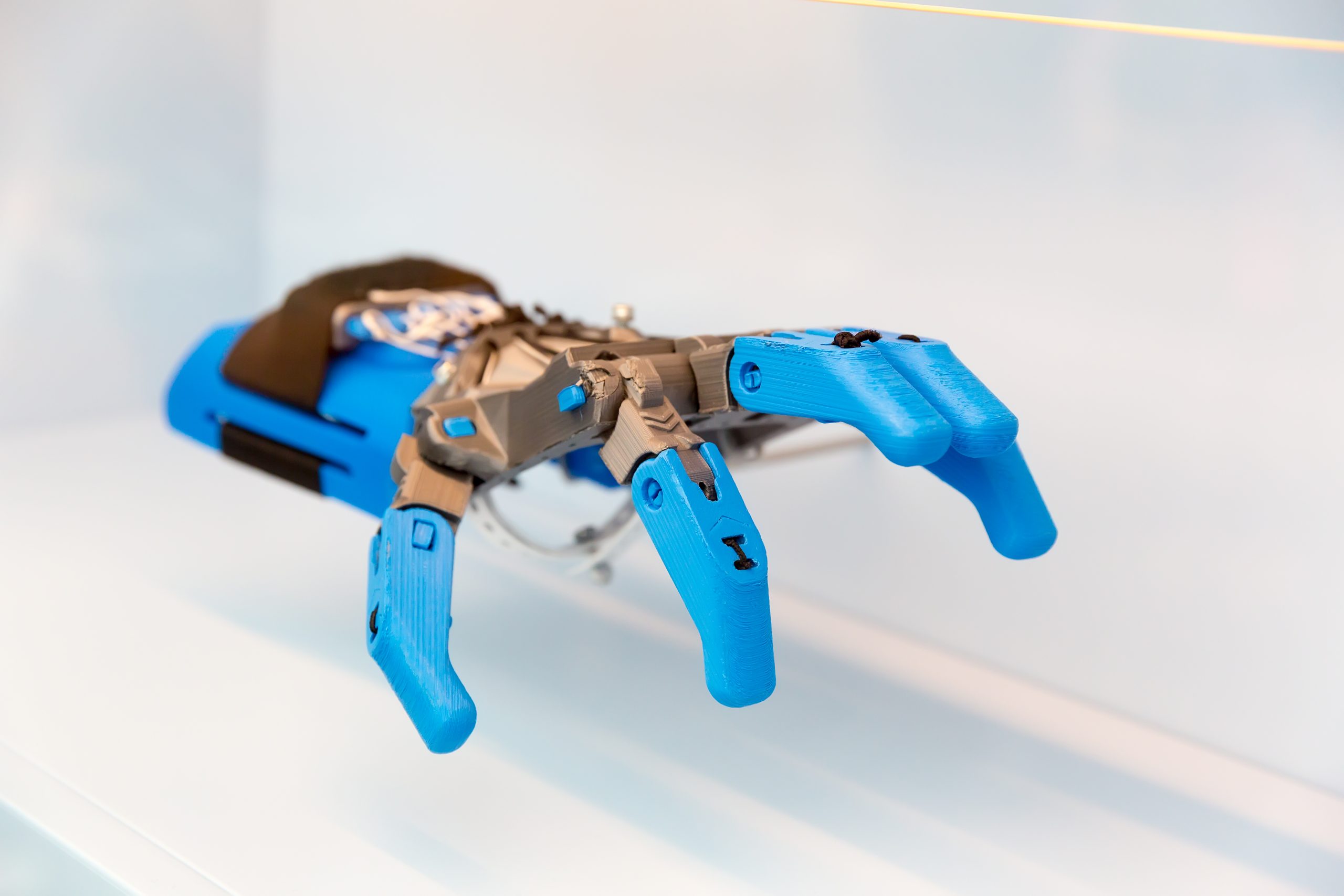Chinese Scientists Develop E-skin to Give Robots Sense of Touch
علماء يطورون جلدا إلكترونيا لتمكين الروبوتات من حاسة اللمس
QNA
Beijing: Chinese researchers have developed a new type of electronic skin (e-skin), enabling robots to navigate their surroundings through touch in the dark when visibility is limited.
The soft gel e-skin has a tape-like appearance and mimics the properties of human skin, with features like stretchability and self-healing ability. It is also able to detect changes in temperature and pressure, further enhancing its utility for use in robots.
A major difficulty in e-skin development has long been the lack of suitable composites with both physicochemical and sensory properties like human skin. The team of researchers from Southeast University found the solution by developing this new e-skin based on natural silk, a protein material.
They also added water-adsorbing calcium ions, weakly acidic hydrogen ions, and two-dimensional nanomaterials sensitive to environmental stimulus to synthesize the e-skin.
It has all the desired skin-like physicochemical properties, such as stretchability, self-healing ability, weak acidity and antibacterial activities, and it senses ambient temperature, pressure and humidity once powered on, said Duan Shengshun, a member of the research team.
“The e-skin heals itself,” Duan added, noting that a skin graft can be easily done by attaching a new piece to the scratched piece.
قنا
بكين: طور علماء صينيون نوعا جديدا من الجلد الإلكتروني لتمكين الروبوتات من التنقل بين الأشياء المحيطة لها في الظلام عبر حاسة اللمس عندما تكون الرؤية محدودة.
ويتميز الجلد الإلكتروني الناعم، المصنوع من مادة هلامية، بمظهر يشبه الشريط ويحاكي خصائص جلد الإنسان، حيث يتسم بميزات مثل قابليته للتمدد وقدرته على الالتئام الذاتي، كما يمكنه اكتشاف التغيرات في درجة الحرارة والضغط، مما يعزز فائدته للاستخدام في الروبوتات.
وتمثلت الصعوبة الرئيسية في تطوير الجلد الإلكتروني منذ وقت طويل في نقص مركبات مناسبة ذات خصائص فيزيائية كيميائية وحسية مثل جلد الإنسان، ووجد الفريق الحل من خلال تطوير هذا الجلد الإلكتروني الجديد القائم على أساس الحرير الطبيعي، وهي مادة بروتينية، ولعمل الجلد الإلكتروني أضاف العلماء إليه أيونات الكالسيوم الممتصة للماء، وأيونات الهيدروجين الحمضية الضعيفة، والمواد النانوية ثنائية الأبعاد الحساسة للتحفيزات البيئية.
وقال دوان شنغ شون، وهو عضو بفريق البحث: “إن الجلد الإلكتروني يحتوي على جميع الخصائص الفيزيائية والكيميائية الشبيهة بالجلد، مثل قابليته للتمدد وقدرته على الالتئام الذاتي والحموضة الضعيفة والأنشطة المضادة للبكتيريا، كما إنه يشعر بدرجة الحرارة والضغط والرطوبة في الظروف المحيطة له بمجرد تشغيله”.
وأضاف دوان أن الجلد الإلكتروني يلتئم ذاتيا، مشيرا إلى أنه يمكن إجراء ترقيع للجلد بسهولة عن طريق وصل قطعة جديدة بالقطعة القديمة.




